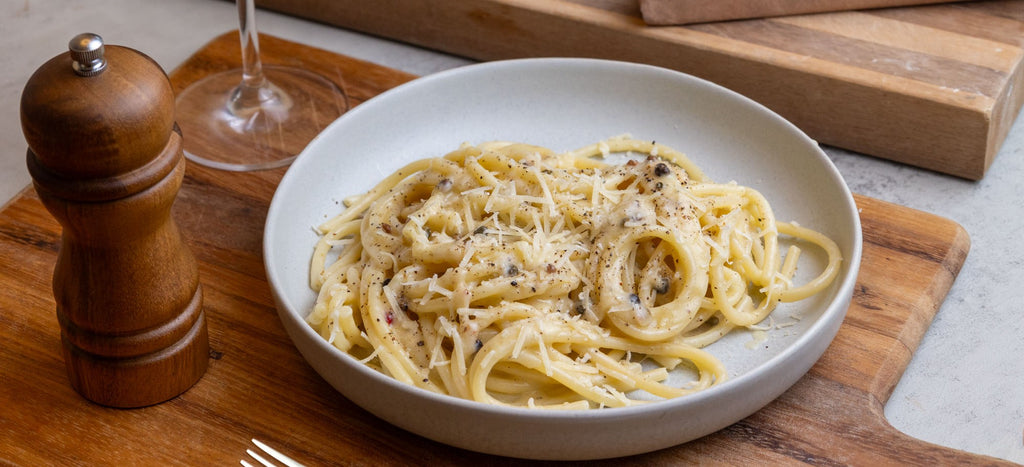Your guide to single varietal olive oils - and the differences between them all!
Olives are one of the oldest cultivated crops on Earth; people have been eating olives and pressing them to make oil for more than 6,000 years. There are more than 1,000 varieties of olive in the world, and they grow on every continent except Antarctica. And olive varieties can be fantastically different from one another, as you’ll know if you’ve ever snacked on a dense black kalamata from Greece, a buttery green cerignola from Italy, or a tiny purple Niçoise from France.

But most of the olive oils you can find in stores don’t specify which types of olive were used in their production. That’s because the majority of them are made from a blend of different olives—sometimes even from different countries. (If you’ve ever seen an oil labeled as “Mediterranean,” it probably uses oil from Greece, Spain, and Italy.) They’re all pressed and combined to make one fairly neutral-tasting oil that can be relied upon to taste the same in every bottle, year after year.
That’s not to say there’s anything wrong with blends. A thoughtfully blended extra virgin olive oil makes a great everyday oil—it’s carefully balanced to create a well-rounded, consistent product that tastes, well, like olive oil! Blended oils don’t have any spiky edges or strong aromas, because the goal is to for the oil to be used seamlessly in sauces, baking, salads, soups…you name it. If you only have room in your kitchen for one oil, a blend is the most practical bottle to own.

But to really appreciate the nuance of the Italian olive oil-making art, it’s time to dive into single varietal oils. Pressed from just one type of olive grown in one specific region, these are the oils that sing with unique flavor. They can vary in color from pale straw yellow to dark green, and might have aromas of herbs, nuts, vegetables, or grasses. Olive oils can express their terroir in the same way wines do—with a little practice, you’ll be able to taste the difference between a Sicilian and a Ligurian oil. And different varietals can highlight different foods, so you might find that one pairs beautifully with a Caprese salad, while another adds depth to grilled steak.
Here are a few of our favorite Italian olive varieties, in order of intensity.

Taggiasca
Grown in the thin strip of northwestern coast known as Liguria, Taggiasca olives are small but rich with oil. The calcium-rich soil of the region gives these olives a delicately floral, fruity aroma that is often tinged with notes of almond. One of the sweetest Italian olive oils, Taggiasca is a pale yellow color, with none of the bitterness characteristic to other oils. This is the variety traditionally used to make pesto Genovese.

Frantoio
From the rolling, temperate hills of Tuscany comes the Frantoio olive, a medium-sized variety. Golden yellow and full-bodied, Frantoio oil is well-rounded and smooth, with a pronounced fruitiness and notes of vegetables such as artichoke and celery. While bolder in flavor, it’s balanced enough to pair with a number of foods, including bruschetta, cheeses, and red meat.

Coratina
The farther south in Italy you travel, the more intense the olive oil tends to be, and this Puglian variety is no exception. Coratina olives thrive in rocky, dry climates, and are small, with tiny pits. The oil tends to be a darker yellow with hints of green, and can give a spicy sensation along with notes of artichoke and green tomato. It has a pleasant bitterness that plays well with grilled meats, vegetable courses that use bitter greens like radicchio or chicory, and lentil soup.

Nocellara del Belice
Off the southern tip of mainland Italy lies the volcanic island of Sicily, home to the Nocellara del Belice. Often enjoyed as a table olive as well as for its oil, Nocellara olives are large and buttery to taste, but make an intensely flavored oil. Deep and green in color, Nocellara oil is fruity and somewhat spicy, with aromas of wild greens such as chicory and nettle. It’s a great match for fish, raw vegetables, and traditional dishes like caponata.



















0 comments